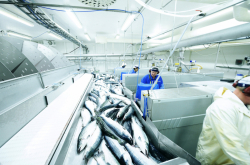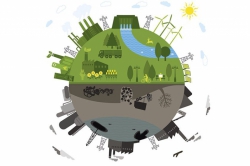Lightly salted skinless herring fillet is a popular treat, especially in North-Western Russia. It can be used in sandwiches and salads. Companies actively produce this product, and it sells really well.
But fish-processing enterprises face one problem: what to do with scraps, skin included, as with every kilogram of herring fillet you get 60-100 grams of skin. As of today, this skin is a waste product and has to be disposed of. At the same time, the subcutaneous layer of atlantic herring is rich in healthy fats and amino acids. If recycled properly, it will no longer be a waste product but become a valuable resource.
“Most of the healthy fat is in the subcutaneous layer,” notes Elena Kuprina, a professor at ITMO University. “Plus, skin is collagen that’s a popular material in both the cosmetic and food industries, where it’s used for coatings and as a structure-forming agent of food products. This is a very useful protein with high elasticity.”
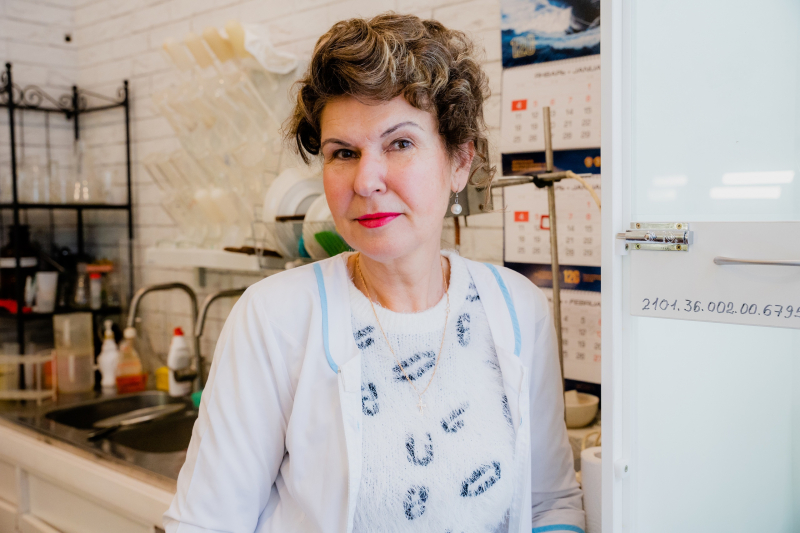
Fish oil and omega-3 fatty acids
ITMO scientists have been studying deep zero waste recycling of food products for years already. They decided to use their ideas and inventions to recover useful substances from the skin of atlantic herring. The raw materials for the experiment was taken at a fish-processing enterprise.
The method works as follows: fish skin is put into a container where it’s mixed with special solutions produced with electrochemical means. Then, the content is heated and stirred continuously. In half an hour, the skin completely dissolves, turning into a broth that later undergoes several technological processes. As a result, you get fish oil and collagen solution.
“After the processing, we got 22-25% of pure fish oil that was one-third omega-3 fatty acids,” says Elena Kuprina. “all the rest was collagen hydrolysate. So we have a 100% yield of the end product. This is what makes the technology so good ― zero waste.”
For producing bioactive omega-3 fatty acids, ITMO specialists also developed a special method that has to do with cryoconcentrating them in fat to get dietary supplements in capsules.
“Two 1g capsules a day is enough for one person, and imported counterparts with a similar biochemical composition cost from three to four thousand rubles per 60 capsule pack,” adds Elena Kuprina.
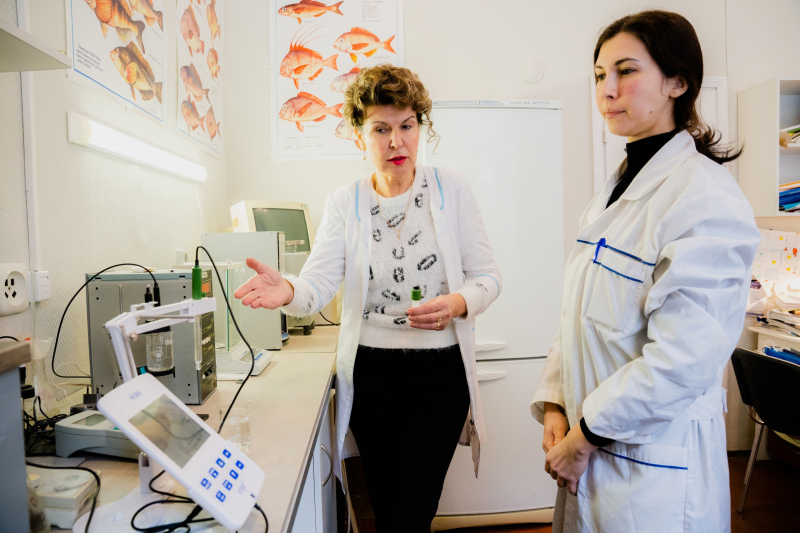
Raw materials for food industry
Collagen solution can also be used, and not only in the cosmetic industry. Staff members of the Baltic Coast company propose using it for producing mayonnaise and sauces.
“In my project, we want to use hydrolysate as an emulsifying and stabilizing additive in mayonnaise production. Since hydrolysate has a distinct smell of fish, these sauces will be used in the production of herring preserves as well as fish and vegetable salads, which is feasible within the context of real production. Plants may be interested in this, or not, it all depends on our results,” adds Aleksandr Kopylov, Master’s student at ITMO University and staff member of the Baltic Coast company.
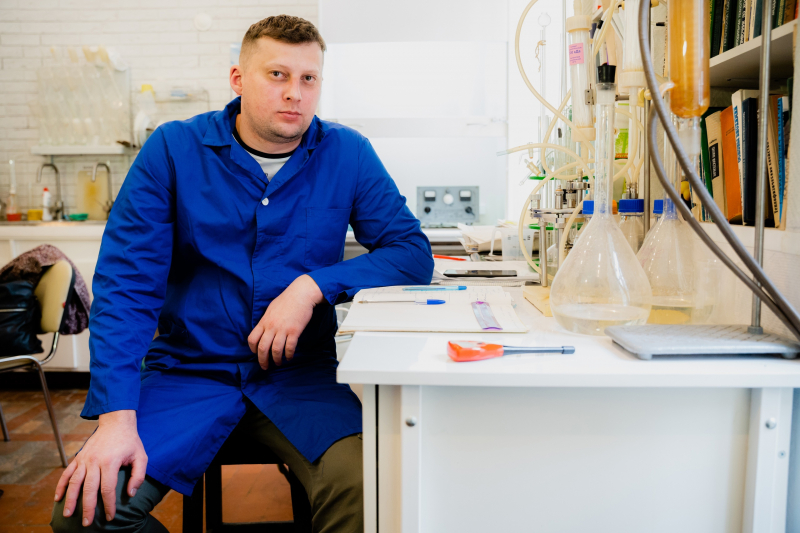
The company’s development director Anna Sheveleva met with Igor Baranov, head of the School of Biotechnology and Cryogenic Systems. At the meeting, they discussed the potential collaborations in what has to do with both the introduction of new technologies and students taking internships at the company’s facilities.





